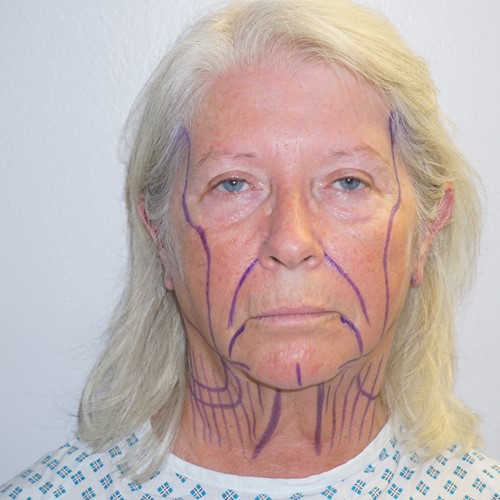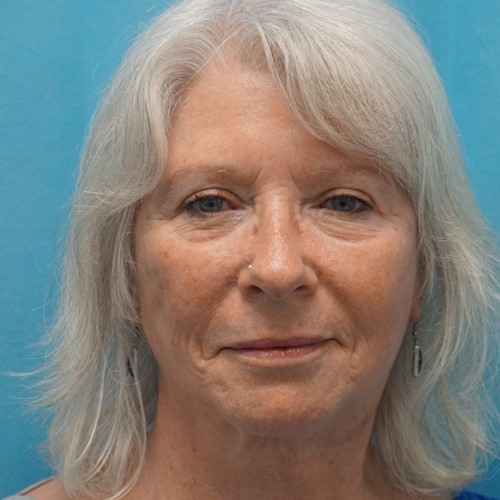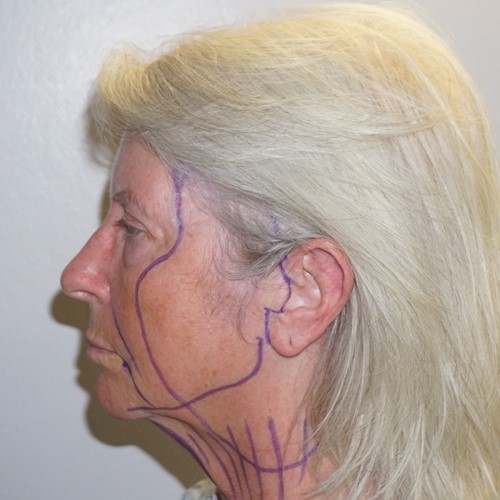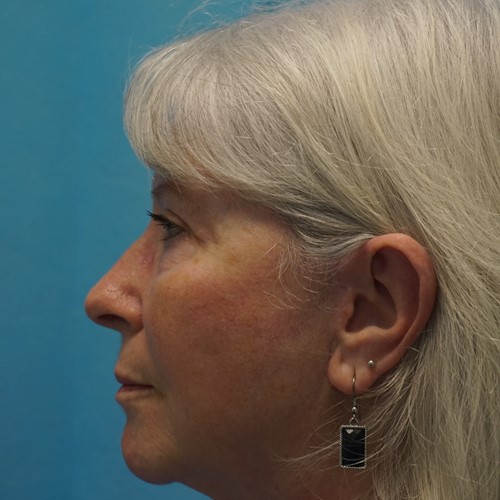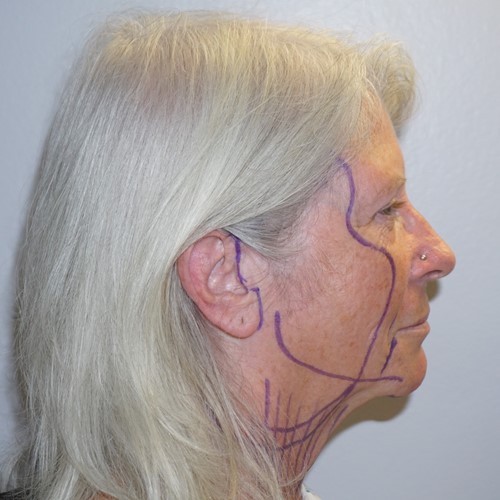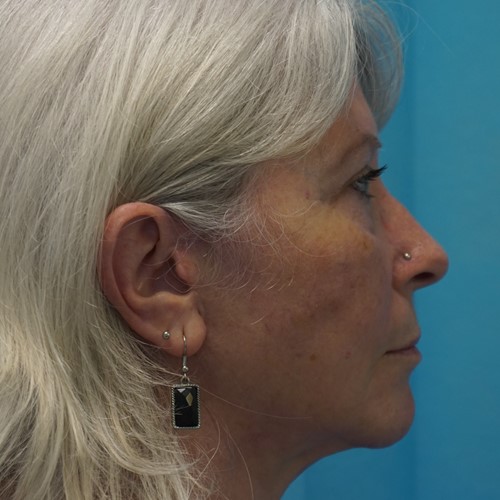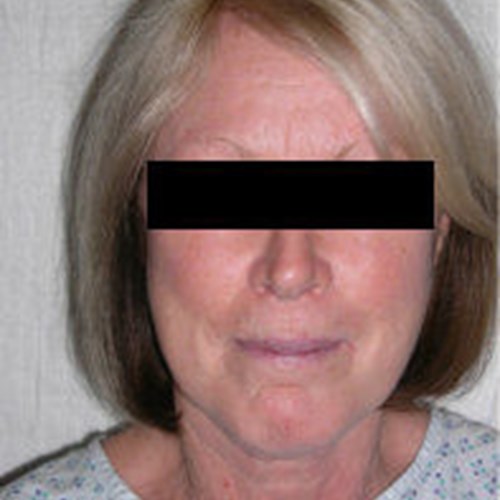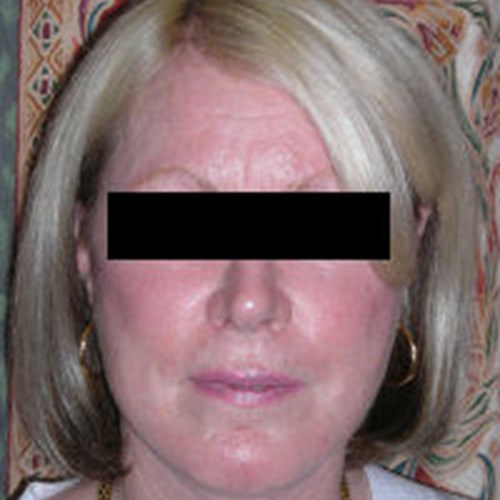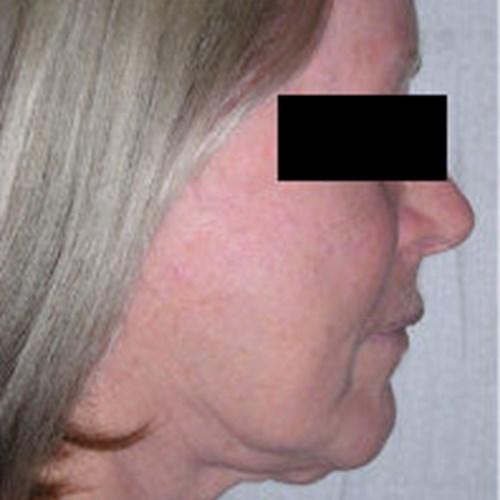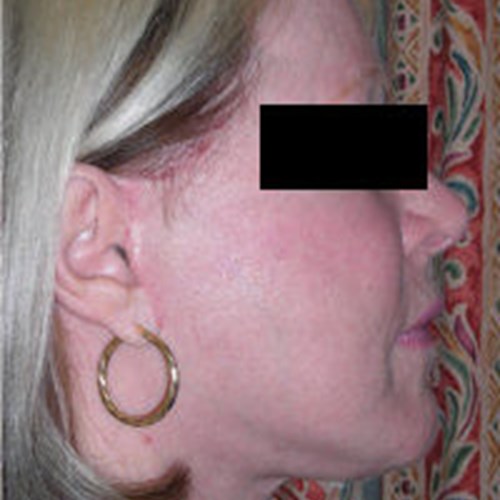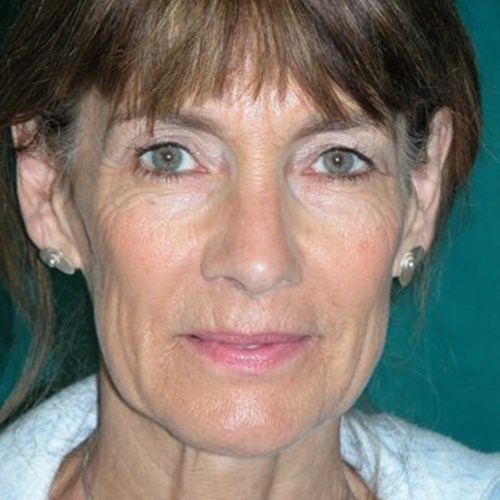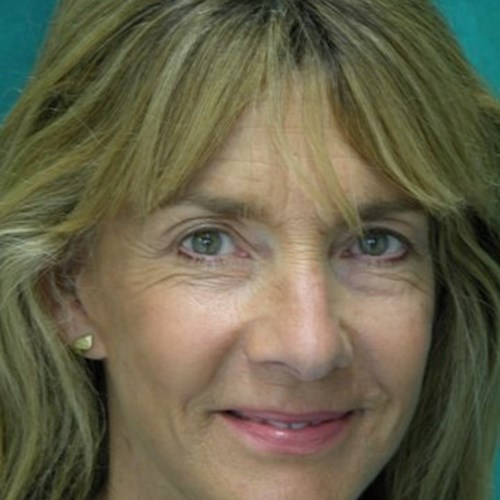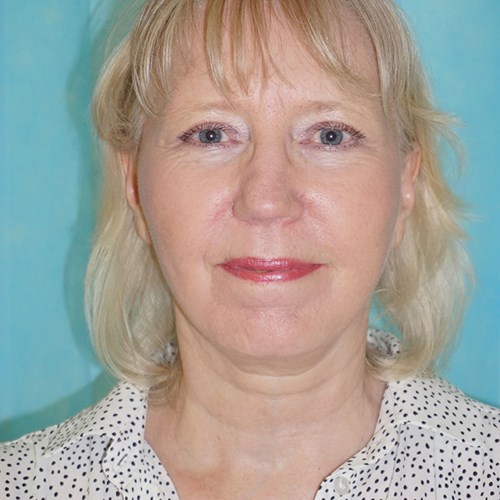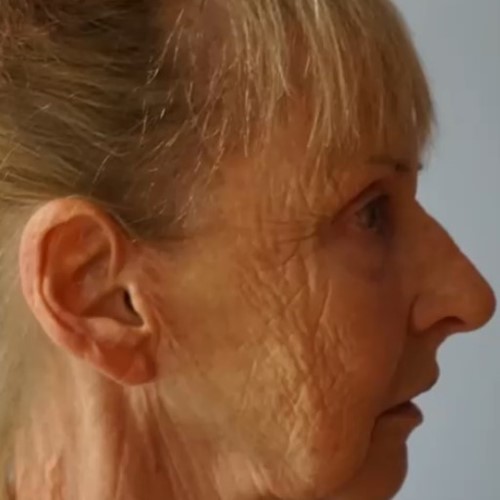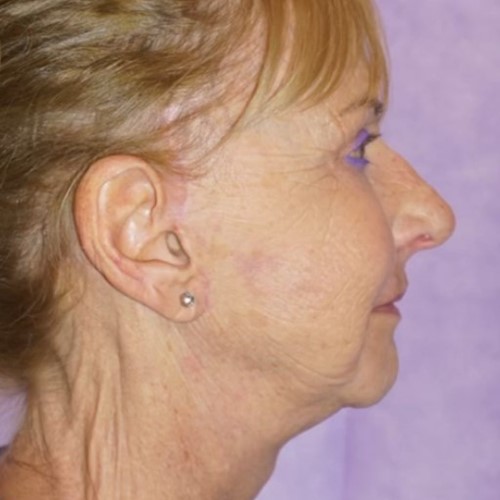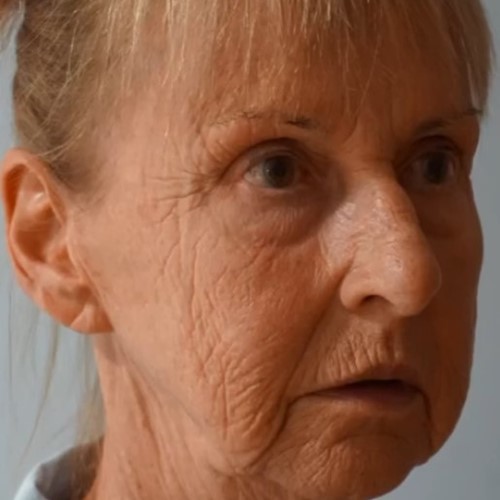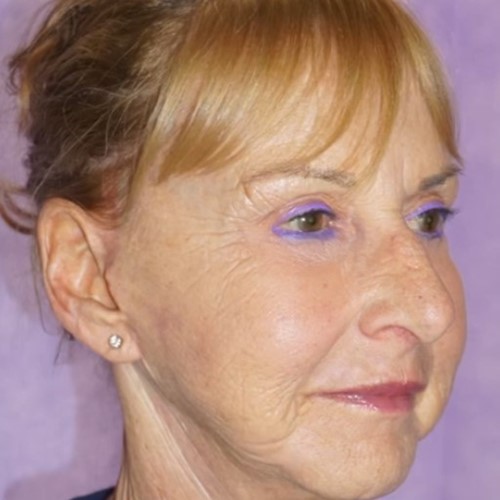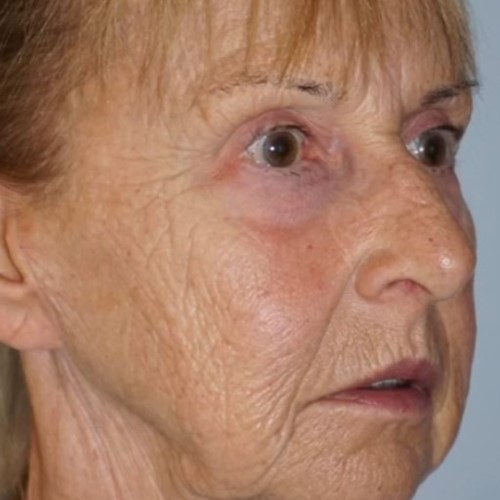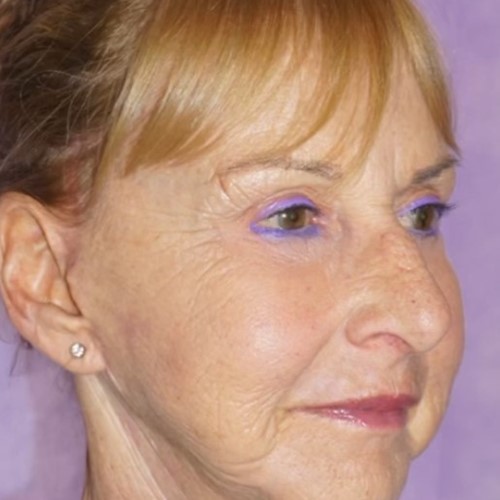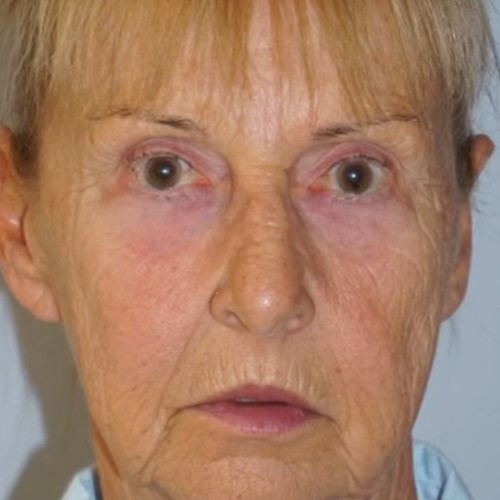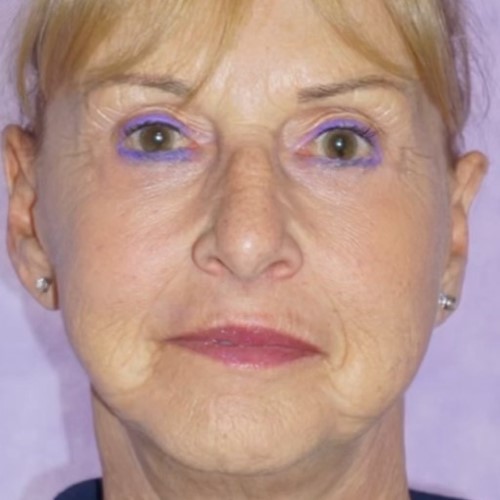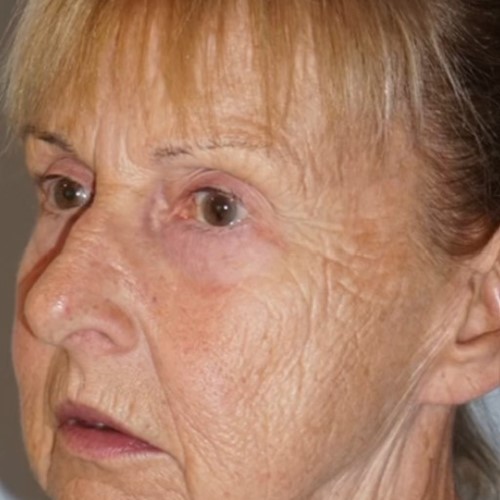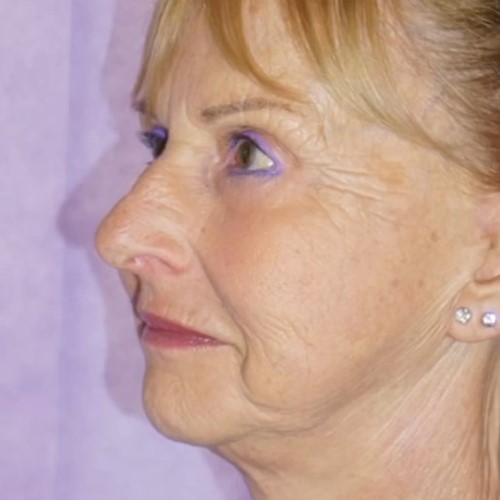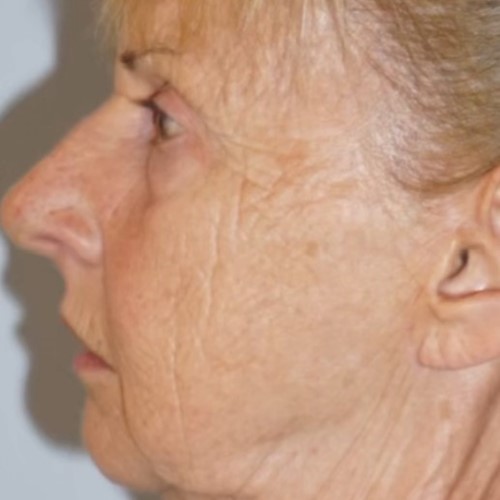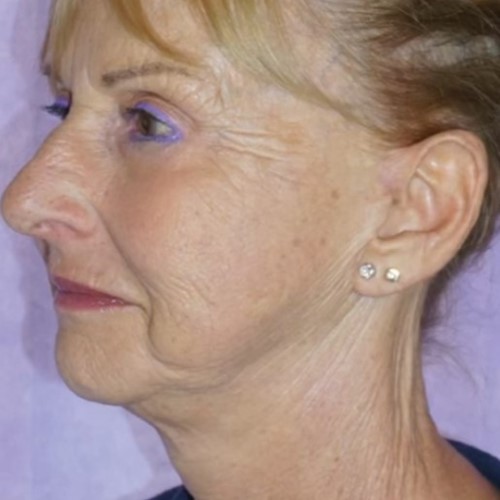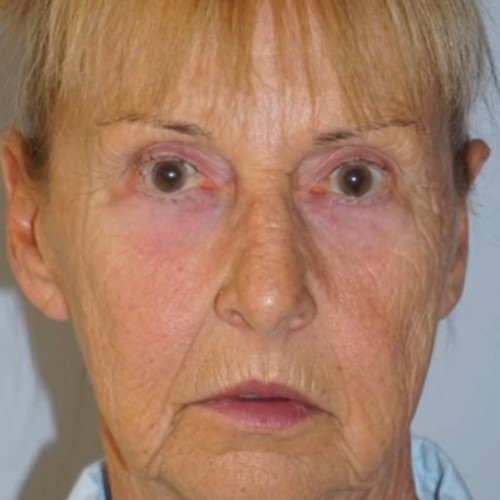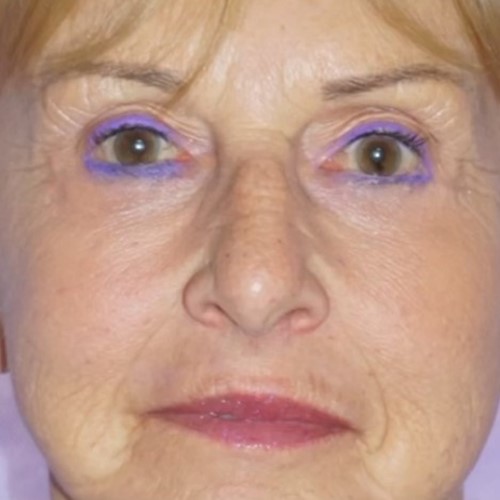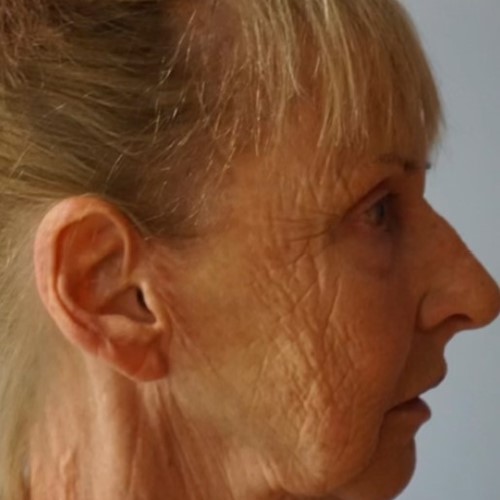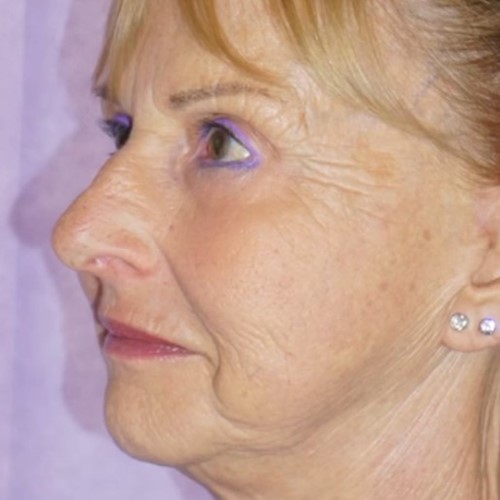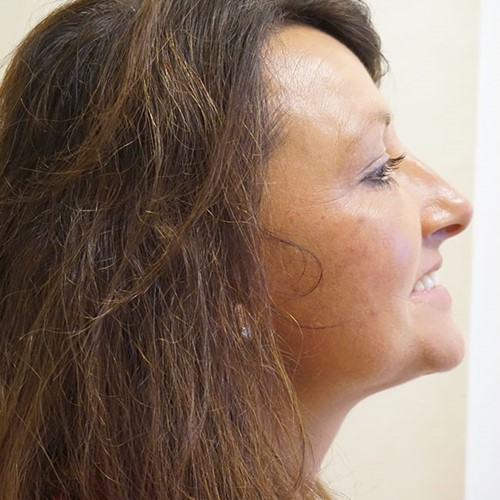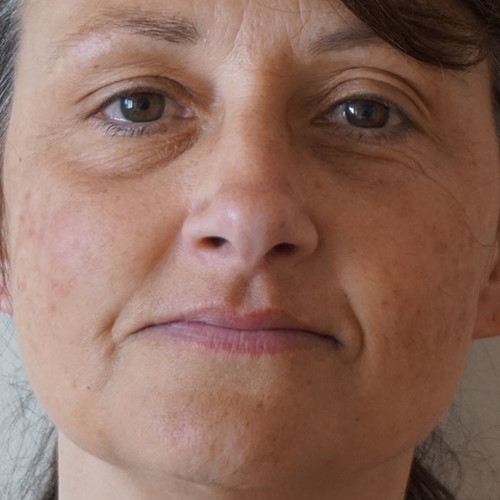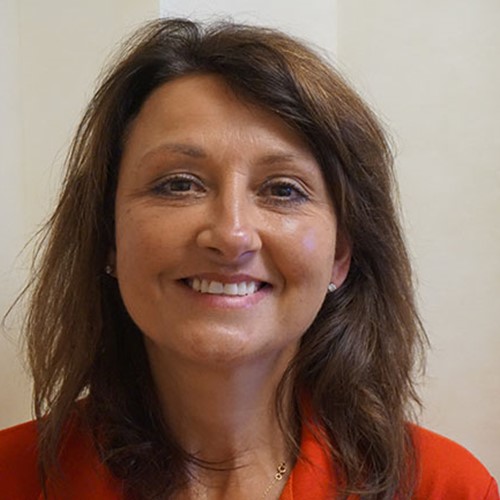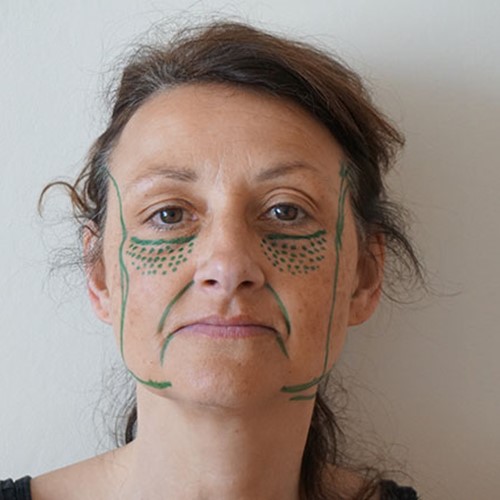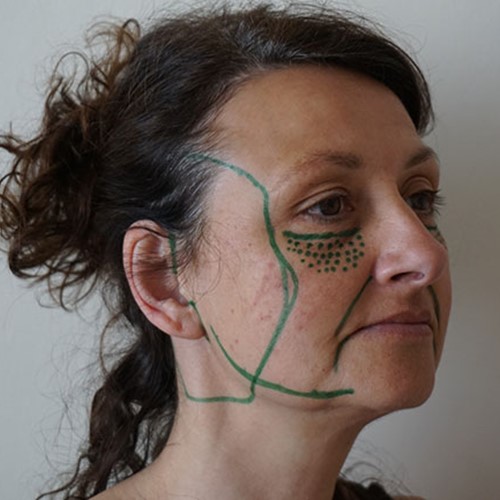Who is a candidate for a facelift?
The best candidate for a facelift is a woman or man whose face and neck have begun to sag, but whose skin still has some elasticity and whose bone structure is strong and well defined. Most patients are in their forties to sixties, but facelifts can be done successfully on older or younger patients.
A facelift can make you look younger and fresher. In the process it may enhance your self-confidence and self-esteem. It cannot give you a totally different look, nor can it restore the health and vitality of your youth. Before you decide to proceed, think carefully about your expectations and discuss them with your surgeon.
A facelift operation is good for smoothing wrinkles and removing excess fat and excess skin from your lower face and neck area. It does not usually significantly address forehead lines, crow's feet wrinkles, deep nasolabial folds (the lines that run from the nose to the mouth) or down lines from around the mouth to the chin.
It is important to define your problem and what aspects require correction prior to deciding what procedure to opt for. A number of facelift operations exist and some patients are better suited for one type of facelift while others may be better suited to a different operation.
What is the first step?
The first steps are to define your problem and to gather information. Speak to people, read and find out what you can about the procedure. The better informed you are at the time of consultation, the more meaningful that consultation will be. The BAAPS and BAPRAS web sites have information that you should read. The next step is to consult with a plastic surgeon.
The consultation
At the first consultation, I like you to tell me in your own words what it is that worries you about your face and to define the problem(s) as you see them. It is important to be honest and forthright as surgery is tailored around the problem(s).
In addition, I take a full medical history including the following:
Previous surgery, cosmetic and non-cosmetic
Previous hospitalisation
Chronic medical problems
Medication and allergies
Whether or not you smoke
Your family situation: children, partner, happy in the relationship, etc.
Your work situation: happy at work?
The reasons for your wanting the procedure and your goals and aspirations
The examination will concentrate on your facial features, but also assess your fitness and suitability for surgery.
Following assessment, we will discuss all available options and formulate an operative plan, including type of surgery and anaesthesia to be used, venue for surgery and costs. Risks and complications will also be discussed.
It is important that prior to surgery you are clear as to what surgery will entail.
A well-informed patient will cope better with surgery. You have a right to ask any question you want and I feel that I have an obligation to answer with honesty and without the use of jargon. If your goals are realistic you will be more satisfied with the final result of surgery.
Venue for surgery and length of stay afterwards
I always perform facelift surgery in an operating theatre. I usually do the procedure as an inpatient with one night stay.
Anaesthesia
The usual anaesthesia used is a general anaesthetic administered by a Consultant Anaesthetist combined with local anaesthetic administered by myself.
Preparing for surgery
Very little preparation is necessary for surgery. If you are well informed and know what to expect, if you are fit and healthy, if your reasons for surgery are good and your expectations realistic, you should get through the procedure with the minimum of problems.
Smoking is generally unhealthy, but in particular it interferes with normal blood flow and wound healing. Facelift patients who smoke have a twelve times greater incidence of complications than patients who do not smoke. You should cease smoking a month or two prior to facelift and not start again until the wounds have healed, usually 3 weeks after the operation. Although nicotine replacement products such as the spray, patch or gum are of great assistance, these products also adversely affect wound healing and should be avoided for the same period.
You will be unable to drive for a week following the procedure and you should arrange for someone to collect you from the hospital to take you home.
If your hair is very short, you might want to let it grow out before surgery, so that it is long enough to cover the scars while they heal. Alternatively it is a good idea to bring a scarf and dark glasses to wear post-operatively on discharge from the hospital.
The night before surgery you should shampoo your hair and wash your face and on the morning of surgery you should again wash your face and hair well. Do not apply make-up on the day of surgery.
On the day of surgery, you should be healthy and not suffering from flu or any other illness. All cosmetic surgery is elective and it is better to delay surgery than to tempt problems.
You should arrive at the hospital on the morning of surgery having fasted for six hours. Bring some of your own hair conditioner with you as this will be used during surgery to keep your hair out of the wounds ( it will then be easy to wash out after the operation and not affect your hair adversely).
On arrival at the hospital you will check in at reception and be given a bed. You will change into your hospital gown. Your anaesthetist will meet you prior to surgery, and I will take photos and consent for the procedure. I will draw some marks on your face that will help me during the operation.
What does the surgery entail?
A facelift usually takes me about 3-4 hours to perform depending on what I do. Once you are asleep local anaesthesia is injected into the areas to be operated on.
The incisions are carefully planned and marked before any actual cutting is done. The usual incision follows the natural curves and skin creases just in front of the ear. It may extend up into the hairline for a variable distance, or across below the sideburn. Below the ear, the incision curves around the ear lobe and up behind the ear before going back into the hairline. If the neck needs work, a small incision may also be made under the chin.
The skin is then separated and lifted from the underlying tissues. Liposuction may be used to remove excess fat or to aid skin retraction (shrinkage). Direct fat removal or repositioning may also be performed. The underlying muscle layer (called the SMAS) is then tightened and reshaped with various techniques. This important manoeuvre gives shape to the face and longevity to the procedure. Once the SMAS has been shaped, the skin is re-draped, any excess excised and the incisions closed, usually with a combination of dissolving sutures, staples and skin stitches needing removal. I routinely use drains to allow any blood to come out from under the operation site. Following closure, I usually put some antibiotic ointment on the wounds, leaving all the face exposed ( if problems occur it is good to be able to spot them early).
What can be expected after the operation?
Following the operation you should be relatively pain free or experience only minimal pain. Painkillers will, nevertheless, be prescribed. If you experience severe or persistent pain after the operation, or if your face suddenly swells and bruises this may indicate the formation of a haematoma that requires surgical evacuation. To prevent early haematoma formation, avoid bending or straining in the first 3 days after surgery.
Because of the local anaesthesia injected, you will find that parts of your face will be temporarily paralysed following surgery. This should be a short-lived effect and normally will have resolved by the following morning.
The drain will be taken out after a day or two. If sutures require removal, this will be done at day 5-7 after surgery.
Your face at this stage will still appear swollen and bruised, especially around the eyes if you have had your eyelids done. This is often a time when you may feel a little depressed, but knowing this can help you get through this period. your mood will lift as the swelling and bruising subside, usually about three weeks after surgery. To reduce swelling and bruising, the following is recommended:
head elevation: sleep on 2-3 pillows for a few days following surgery
ice packs over the eyes and other areas for a few days following surgery
voice rest
Arnica: a homeopathic remedy, best begun a day or two before surgery and continued until the bruising and swelling have diminished
Some numbness of the skin is normal after surgery especially in front of the ear and will disappear in a few months. Most of the scars will be hidden within you hair and in the normal creases of your skin. Gentle upward massage, massage of the scar and the use of a vitamin E cream post-operatively will aid healing. I will instruct you on how and when to begin this.
How long does it take to recover?
Recovery periods vary between different people. In general, you should be up and about in a day or two, but plan on taking it easy for the first week after surgery. Be especially gentle with your face and hair since your skin will be both tender and numb initially. Be careful with hot hair driers.
Each patient will be different, but in general, strenuous activity, including sex and heavy housework, should be avoided for at least two weeks. Walking and mild stretching can be done sooner. You should aim to get plenty of rest for at least two weeks after the procedure to allow your body to heal.
At the beginning, your face may look and feel rather strange. Your features may be distorted from the swelling, your facial movements may be slightly stiff and you will probably be self-conscious about your scars and appearance. Some bruising may persist for two or three weeks and you may tire easily. By the third week, you will look and feel much better. Most patients are back at work about 3-4 weeks after surgery. If necessary, special camouflage makeup can mask most bruising that remains.
What are the risks?
When a facelift is performed by a qualified plastic surgeon, complications are infrequent and usually minor. Still, individuals vary greatly in their anatomy, their physical reactions, and their healing abilities. The outcome is therefore never completely predictable.
Complications that can occur include:
Haematoma – uncommon - a collection of blood under the skin that must be removed by the surgeon either by suction or by surgery and usually within the first day or so after surgery.
Seroma - uncommon - late presentation of a usually small haematoma which requires
drainage with a syringe and needle in the clinic.
Infection - uncommon, usually treatable with antibiotics
Poor healing of the skin – uncommon - is most likely to affect smokers, although any patient can suffer areas of skin loss. Usually heals with dressings.
Partial facial paralysis due to injury to the nerves that control facial muscles. This usually affects the forehead or the mouth. It occurs in less than 1% of patients and is usually temporary.
Alterations of facial and ear sensation resulting in numbness or itchiness – common but usually temporary.
Pigmentary problems - uncommon - usually temporary
Hair loss in the region of the scar – common but not usually noticed.
Prolonged bruising or swelling
Excessive scarring - uncommon
Asymmetries and irregularities, and sutures being palpable – common but usually mild and resolves on its own.
Reactions to the anaesthesia - rare
Most complications, if they occur, can usually be treated without the need for further surgery, although occasionally a patient will have to be returned to theatre for minor surgery.
Dissatisfaction can occur because of a discrepancy between pre-operative expectations and post-operative outcome. It is important, therefore, to have realistic preoperative expectations. I will give you a realistic view of what can and cannot be achieved during the consultation. I aim for a natural enhancement and not the stretched look sometimes seen in glossy magazines. I would like your family and friends to say: “You look great. Have you been on a nice holiday?”
Will the new look be permanent?
Face and Neck lifts usually last about 10 – 12 years. The chances are excellent that you will be happy with your facelift - especially if you realise that the results may not be immediately apparent. Even after the swelling and bruises are gone, your skin may be thin and might feel dry and rough for several months. Men may find they have to shave in new places - behind the neck and ears - where areas of beard-growing skin have been repositioned. Having a facelift does leave scars, but these scars are usually well hidden in the natural creases of your face and ears. Scars go through various phases in their healing, but after about 6-12 months should be settling down to be thin, inconspicuous lines. If necessary, your hair can be styled to hide the scars. Although having a facelift can turn back the clock, it does not stop the clock. Your face will continue to age with time, and some patients undergo a repeat procedure some years later. The effects of facelift, however, are lasting and years later you will continue to look better than if you had never had a facelift at all.
If you are worried post-operatively
Telephone the ward of the hospital from which you have been discharged.
Telephone my secretary Angie Harrison during office hours – 07961221874
In an emergency (and you have failed to contact me by the above two methods) then please telephone St George’s Hospital (020 8672 1255) and ask them to either bleep me or the Resident Plastic Surgery doctor on call (Bleep 7050).
